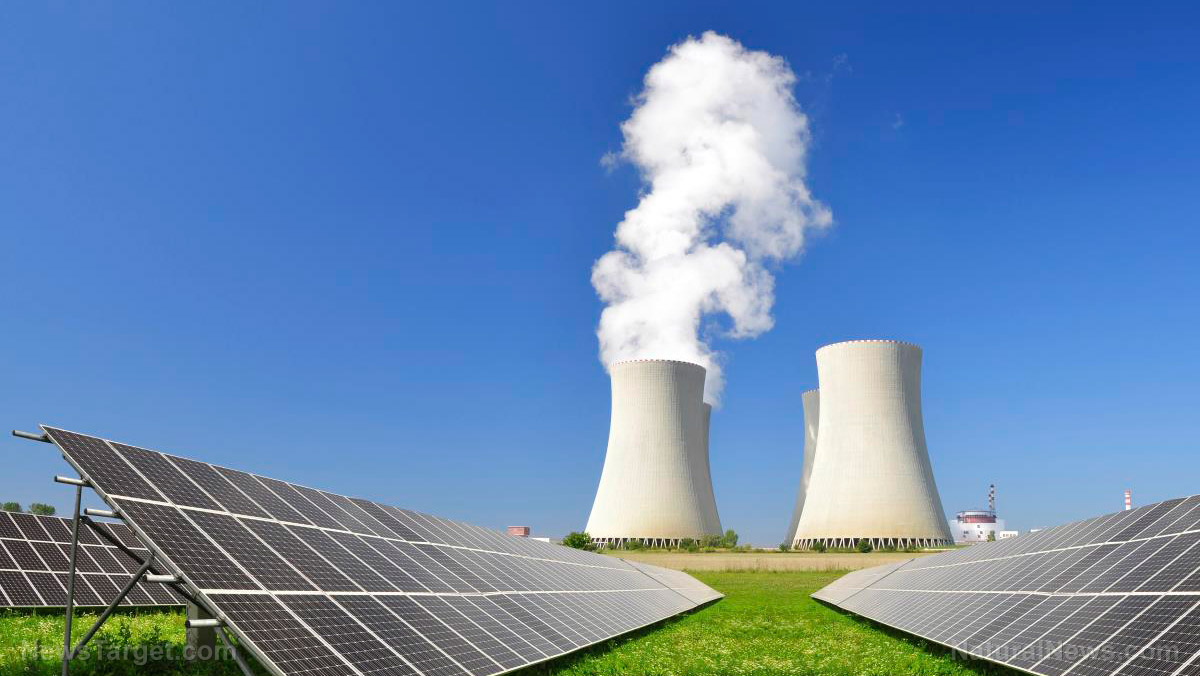
An earthquake along the New Madrid fault system in the central United States could cause more widespread damage than a major earthquake along the San Andreas Fault, scientists warn.
California's famed fault gets more attention, but it appears that New Madrid, which is also called the New Madrid Seismic Zone, poses an even greater threat. The 125 mile long and 45 mile wide zone lies within the Mississippi River Basin, in the central area of the North America plate and is composed of deep-seated faults that emanate northeast and southeast through Illinois, Missouri, Tennessee, Kentucky and Arkansas.
In the event of an earthquake, those four states are not the only ones that will be affected; surrounding states Indiana, Oklahoma and Mississippi will also experience intense shaking and extensive damage.
The 1811-1812 New Madrid earthquakes
During the early 1800s, people were given a sneak peek of the extent of damage that a rupture along the New Madrid Seismic Zone could inflict.
The 1811-1812 New Madrid earthquakes were a series of intense seismic upheavals that began with a magnitude 7.8 quake in northeast Arkansas on December 16, 1811. It was quickly followed by a magnitude 7.4 aftershock on the same day.
Between January and February 1812, two other principal shocks occurred: a magnitude 7.3 in Missouri and a magnitude 7.5 along the Reelfoot fault in Missouri and Tennessee.
This series of earthquakes is considered one of the most powerful and cataclysmic seismic events to hit the United States in recorded history. According to the United States Geological Survey (USGS), damaging earth motion occurred in an area of 230,000 square miles, which is 10 times bigger than that of the 1906 San Francisco earthquake.
Furthermore, the shaking was felt in an overall area of about 1 million square miles, or about one-third of the 48 lower states. Chimneys were knocked down in Cincinnati while church bells rang in Boston, which is 1,200 miles from St. Louis.
The damage from the earthquakes was widespread, with the most affected regions experiencing raised and sunken land, fissures, sinkholes, sand blows and large landslides. The shaking also generated large waves in the Mississippi River and deformed the riverbed, giving the illusion that the river was flowing upstream.
Midwest prone to more intense earthquakes
The Midwest is prone to intense ground motions due to its unique geology. The severity of ground motion varies depending on rock conditions, with seismic waves traveling faster through hard rock than softer rock and sediments.
In this region, the land is composed of both types of rock. Seismic waves will travel from hard bedrock to soft, sedimentary bedrock, where they pile up and amplify -- meaning, the waves get bigger and produce stronger shaking that lasts much longer. Also, the softer the rock or soil under a site is, the larger the waves will be.
Experts estimate that an earthquake within the flood plain of the Missouri River will be magnified about 600 percent. As a result, the strength of soil decreases, weakening its ability to hold objects in place. Many of Missouri’s long-span bridges could collapse, not to mention the buildings built near softer bedrock. Furthermore, communication and transit lines could be disrupted while underground pipelines throughout the Midwest could suffer major ruptures. (Related: Is a megaquake about to hit the United States?.)
In contrast, California is thoroughly fractured by a series of faults that may dampen seismic energy.
Recently, the USGS estimated a 40 to 60 percent likelihood of a major earthquake – that is, with magnitude 6.5 and above – along the New Madrid fault system. Many scientists also said that a major earthquake is likely to occur within the next 50 years, although over 200 small seismic events are already occurring every year.
J. David Rogers of the Missouri University of Science and Technology said, “You don’t even need a really big earthquake to do significant damage in the region. It could happen tomorrow.”
Disaster.news has more on natural disaster scenarios.
Sources include:
Please contact us for more information.





















